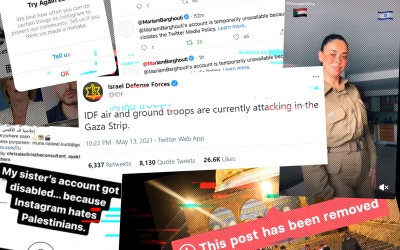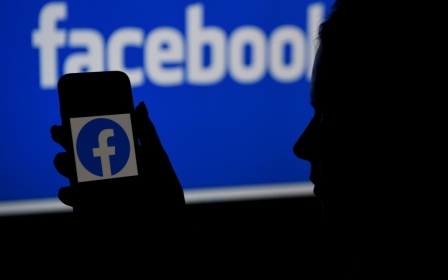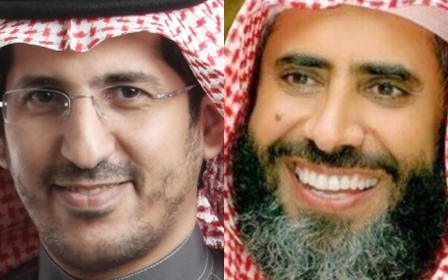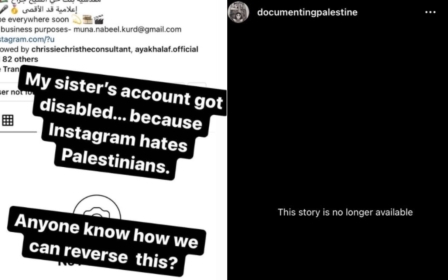Twitter launches new Arabic language setting supporting feminine form
Twitter announced today that they would be launching a new website setting that would allow users to choose an option in Arabic that better suits the feminine form.
Previously, Twitter only gave users the option to be addressed in Arabic in the male form, which can sometimes be considered gender-neutral or for unknown subjects.
However, the social media giant said it wished to make the website more user friendly, allowing people to be better acknowledged and supported.
The new feature will allow users to be addressed in the feminine form. For example, “Tweet” will be gharridi (which addresses women) rather than the default Arabic today, which is gharrid (addressing men). It will also show the word istakshify (explore) instead of the masculine istakshif.
Along with the update, Twitter launched the hashtag أتحدث_بالمؤنث# (Speak feminine) to start a conversation around the topic.
The company said it was working to bring the feature to iOS and Android in the future.
“We’re committed to using inclusive language at Twitter, regardless if it’s written down, shown on our site and apps, or embedded in our code,” the statement said.
Twitter was launched in 2006 and has over 300 million users worldwide.
Many praised the move, saying that they felt "seen", and hoped that other digital platforms would follow suit.
Although many social media users hailed the step as progressive and a positive change, others said the move was performative and unnecessary.
One person asked the platform to instead focus on the censorship of Palestinian voices and activists online. Twitter, Facebook and Instagram were all accused of censoring Palestinians last month as tensions swelled over Israeli raids at al-Aqsa Mosque, the threatened expulsions of Palestinian families from the Jerusalem neighbourhood of Sheikh Jarrah and an 11-day conflict between Israel and Hamas.
In the launch video, various tweets are shown expressing dismay at the lack of inclusivity in language online and women being addressed in masculine forms.
The update immediately sparked calls for other languages using the feminine form to be treated the same.
Twitter says it is the first social media site to introduce the Arabic feminine language option. Rasha Fawakhiri, head of Twitter communications for the Middle East and North Africa, said the company hopes to expand the option to other languages in the future.
“We want to provide people with the option of how they prefer to be addressed,” she said.
Middle East Eye delivers independent and unrivalled coverage and analysis of the Middle East, North Africa and beyond. To learn more about republishing this content and the associated fees, please fill out this form. More about MEE can be found here.





